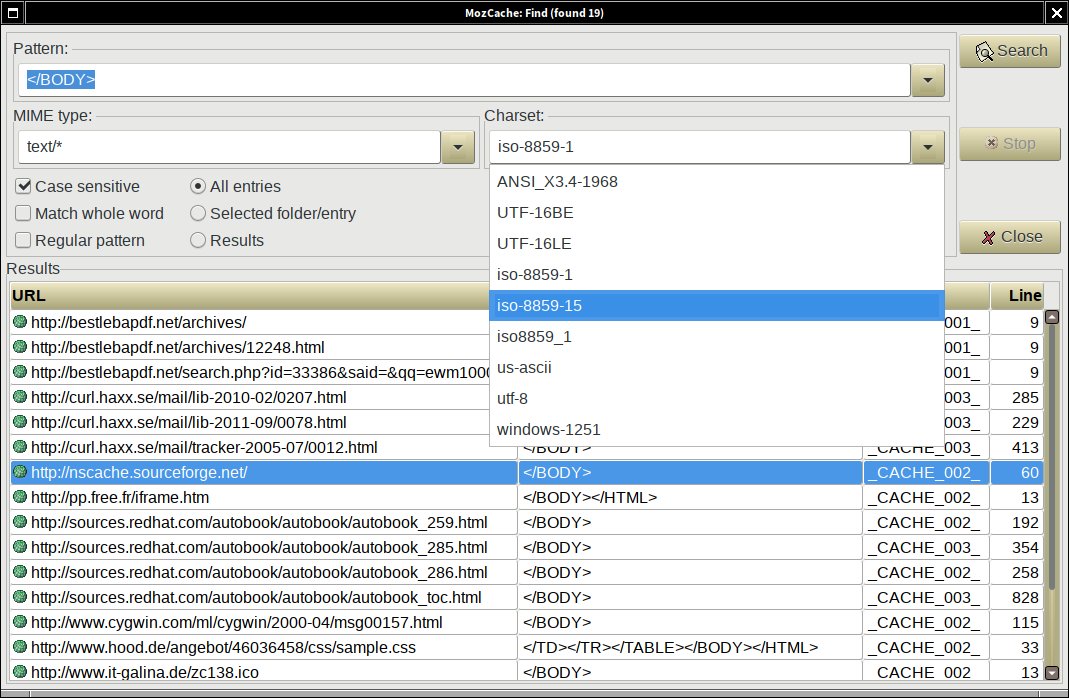

Subsequently, fire up CMake, point it to a source and build directory and hit Configure.
SOURCEFORGE IMAGEVIEWER .DLL
dll files to lib (otherwise the CMake-modules provided by CMake will not be able to find the libraries). If you download the Boost-binaries for Windows (), you need to rename the folder containing the. To compile the source code yourself, first make sure all third-party libraries are installed. OpenCV 3.1 can easily be compile yourself. On Linux all packages except OpenCV 3.1 can be installed through the package manager on Ubuntu-derived systems (tested on Ubuntu and Kubuntu 16.04 LTS). If you want to provide the packages yourself, there are no are no strict version requirements, except for libtiff (4.0.1 and higher), Boost (1.55 or higher), Qt (5.1 or higher) and OpenCV (3.1).
SOURCEFORGE IMAGEVIEWER SOFTWARE
To help developers compile this software themselves we provide the necesarry binaries (Visual Studio 2013, 64-bit) for all third party libraries on Windows except Boost, OpenCV and Qt (due to size constraints).

To compile the code yourself, some prerequesites are required.
SOURCEFORGE IMAGEVIEWER INSTALL
The easiest way to install the software is to download the binary installer or. Compilation on other architectures should be relatively straightforward as no OS-specific libraries or headers are used. Integration of on-the-fly image processing while viewing (current examples include color deconvolution and nuclei detection)Ĭurrently ASAP is only supported under 64-bit Windows and Linux machines.Viewer and reading library can easily be extended by implementing plugins using one of the four interface (tools, filters, extensions, fileformats).Annotation storage in simple, human-readable XML for easy use in other software.Point, polygonal and spline annotation tools to allow annotation of whole slide images.Qt-based viewer to visualize whole-slide images in a fast, fluid manner.Basic image primitives (Patch) which can be fed to image processing filters, connection to OpenCV.Python wrapping of the IO library for access to multi-resolution images through Numpy array's.Writing of generic multi-resolution tiled TIFF files for ARGB, RGB, Indexed and monochrome images (including support for different data types like float).Reading of scanned whole-slide images from several different vendors (Aperio, Ventana, Hamamatsu, Olympus, support for fluorescence images in Leica LIF format).It is built on top of several well-developed open source packages like OpenSlide, Qt and OpenCV but also tries to extend them in several meaningful ways. It consists of several key-components (slide input/output, image processing, viewer) which can be used seperately. ASAP is an open source platform for visualizing, annotating and automatically analyzing whole-slide histopathology images.


 0 kommentar(er)
0 kommentar(er)
